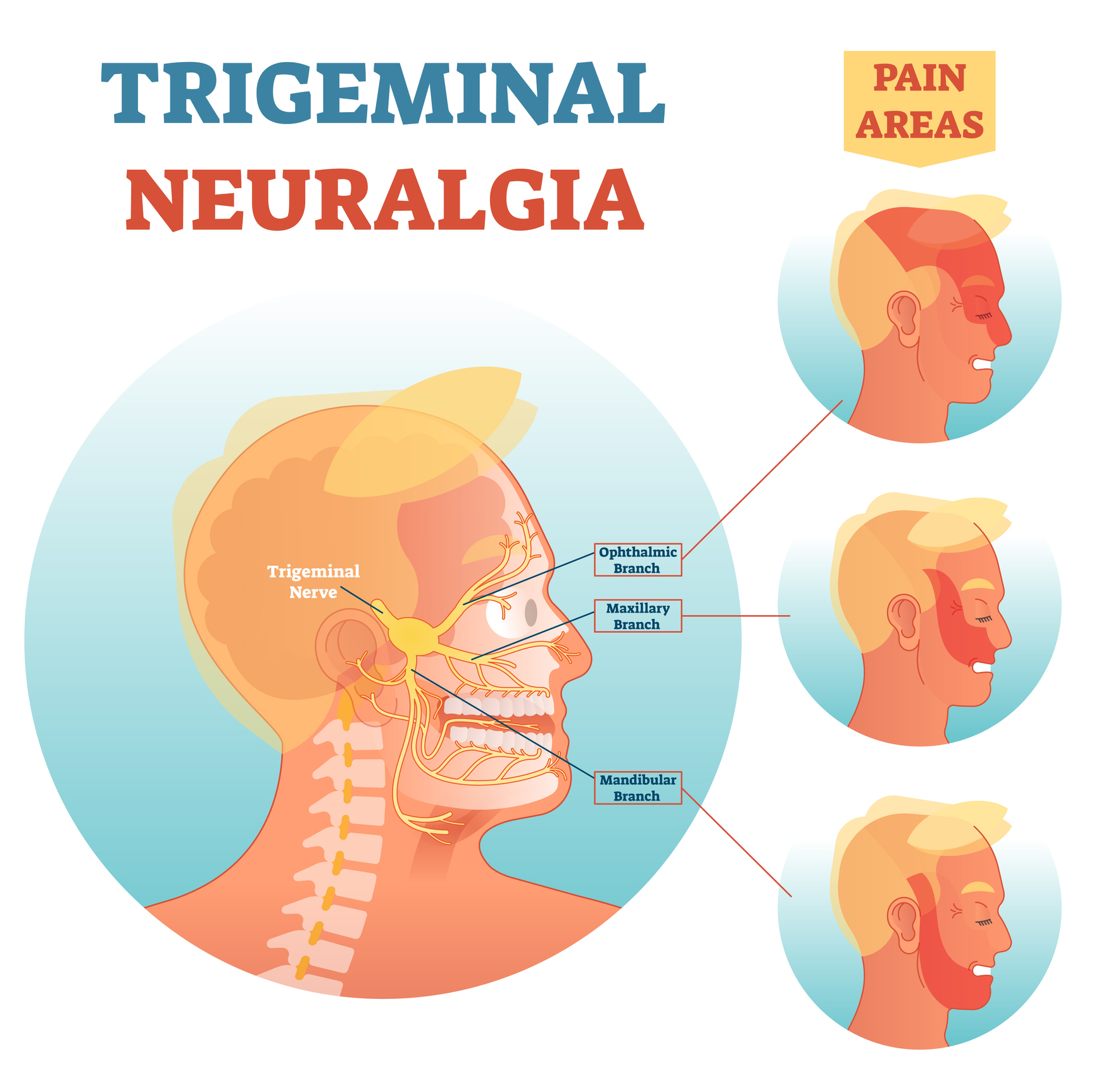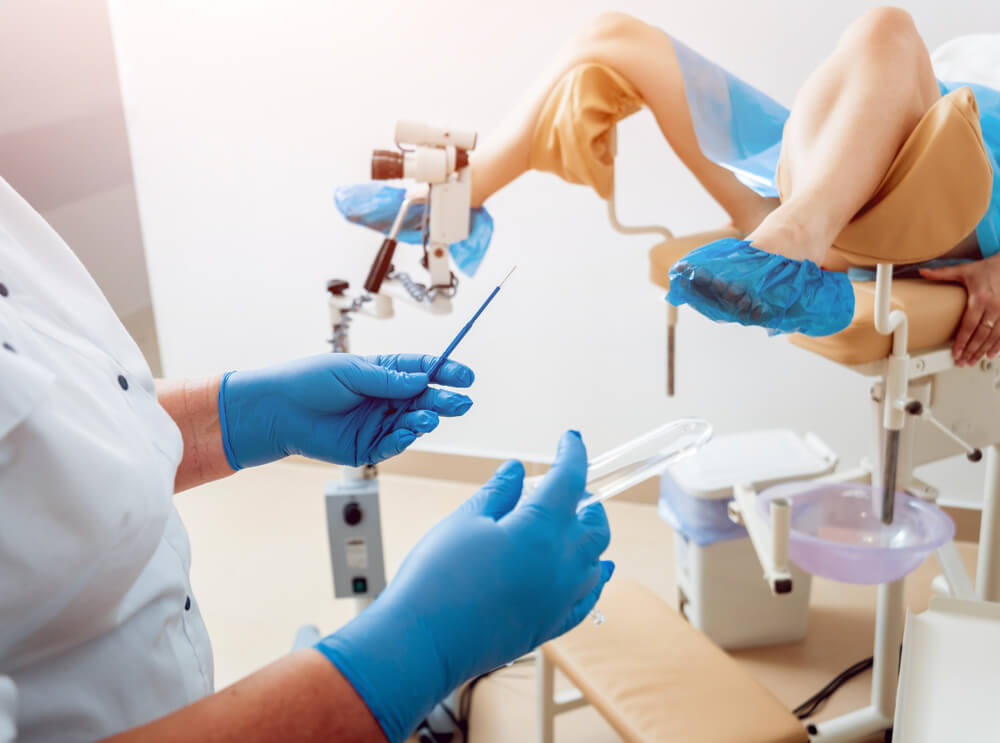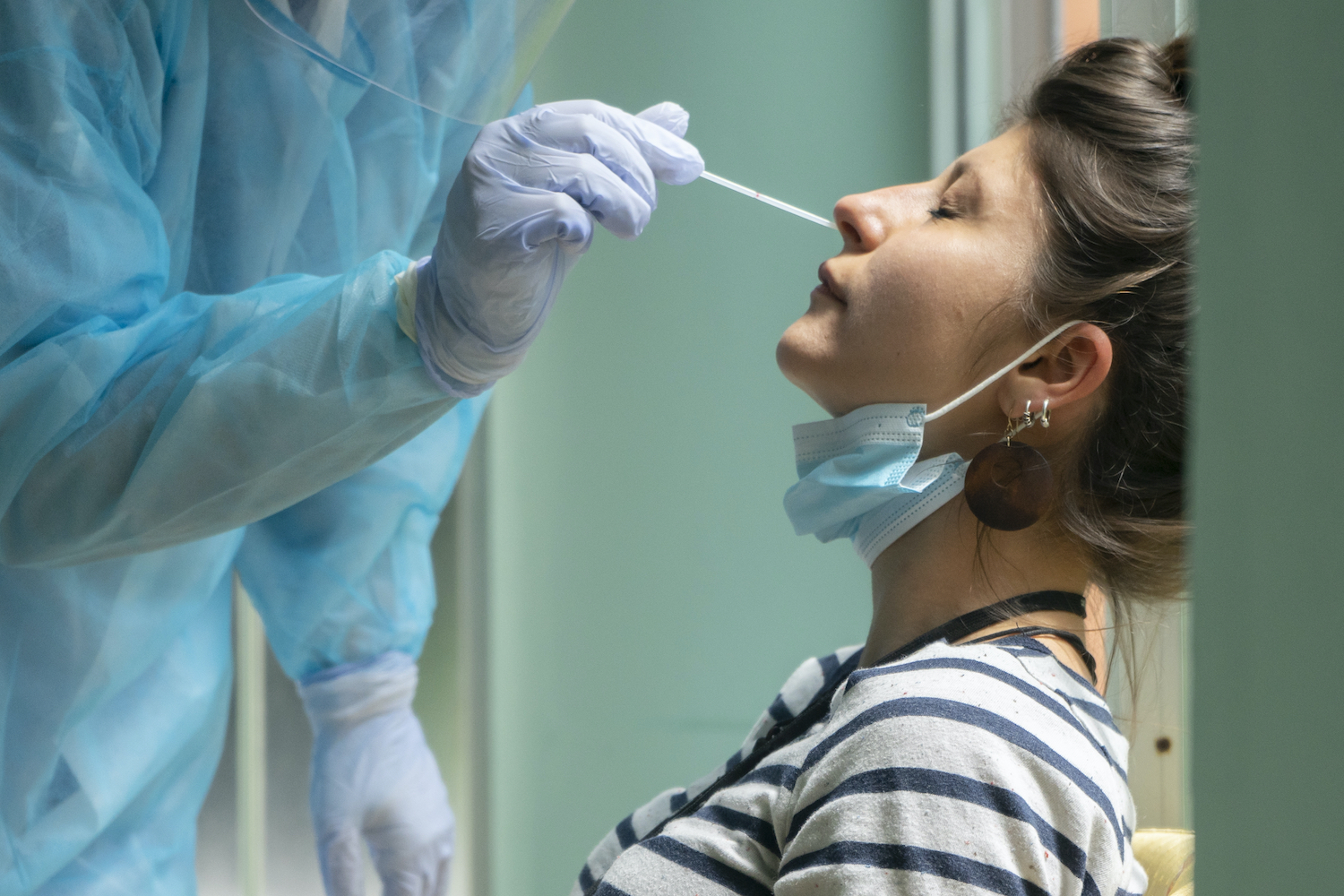A gynecologist is a specialized doctor who primarily focuses on women’s reproductive health. Regular visits to a gynecologist are important for various reasons. Firstly, it allows for early detection and prevention of any gynecological issues, such as cervical cancer or sexually transmitted infections (STIs). The gynecologist performs routine examinations and screenings, including Pap smears, to check for any abnormalities in the reproductive organs.
Secondly, a gynecologist can provide contraceptive counseling and help women choose the best birth control method suited to their needs. They offer guidance on different options like oral contraceptives, intrauterine devices (IUDs), and implants, ensuring women have access to safe and effective methods to prevent unwanted pregnancies.
Additionally, gynecologists are essential for proper prenatal care. When a woman becomes pregnant, regular check-ups with a gynecologist are crucial to ensure the well-being of both the mother and the baby. These visits involve monitoring the progress of the pregnancy, conducting ultrasounds, and addressing any concerns or complications that may arise.
Gynecologists also play a vital role in diagnosing and treating gynecological disorders like endometriosis, polycystic ovary syndrome (PCOS), and uterine fibroids. They can provide appropriate medical or surgical treatments, and their expertise helps manage symptoms and improve overall well-being.
Furthermore, a visit to a gynecologist allows for open discussions about sexual health and intimacy-related concerns. Many women feel more comfortable talking to a gynecologist about reproductive health issues, sexual dysfunction, or concerns about sexual activity.
In conclusion, seeing a gynecologist is essential for maintaining good reproductive health. Regular check-ups allow for early detection and prevention of gynecological issues, provide contraceptive counseling, offer prenatal care, diagnose and treat gynecological disorders, and facilitate open discussions about sexual health. Making these visits a part of a woman’s healthcare routine ensures comprehensive care and promotes overall well-being.
What is done during a routine gyn exam?
A physical exam may include a pelvic exam, cervical cancer screening, or a breast exam: In a pelvic exam, your ob-gyn may look at your vulva, vagina, and cervix to check for any signs of problems. And your ob-gyn may check your internal organs with a gloved hand.
What is the purpose of going to the gynecologist?
A gynecologist diagnoses and treats issues with female reproductive organs. They deal with all aspects of sexual health like preventive care, cancer screenings and physical exams. Some of the services and tests provided are: Pelvic exams and external genital exams.Dec 1, 2022
What does a gynecologist check up consist of?
A physical exam may include a pelvic exam, cervical cancer screening, or a breast exam: In a pelvic exam, your ob-gyn may look at your vulva, vagina, and cervix to check for any signs of problems. And your ob-gyn may check your internal organs with a gloved hand.
What triggers facial nerve pain?
Pain episodes may be triggered by anything touching the face or teeth, including shaving, applying makeup, brushing teeth, touching a tooth or a lip with the tongue, eating, drinking or talking — or even a light breeze or water hitting the face. Periods of relief between episodes.

What can be mistaken for trigeminal neuralgia?
Imaging tests such as an MRI may be ordered to rule out other conditions that also cause facial pain. “Trigeminal neuralgia is often diagnosed incorrectly. It can be confused with dental problems, headache syndromes, temporal arteritistemporal arteritisGiant cell arteritis (GCA), also called temporal arteritis, is an inflammatory autoimmune disease of large blood vessels. Symptoms may include headache, pain over the temples, flu-like symptoms, double vision, and difficulty opening the mouth.https://en.wikipedia.org › wiki › Giant_cell_arteritisGiant cell arteritis – Wikipedia, sinusitis and tumors of the brain or the face,” Dr. Friedman said.

What worsens trigeminal neuralgia?
Pain episodes may be triggered by anything touching the face or teeth, including shaving, applying makeup, brushing teeth, touching a tooth or a lip with the tongue, eating, drinking or talking — or even a light breeze or water hitting the face. Periods of relief between episodes.
What does nerve damage feel like in face?
The pain is often described as excruciating, like an electric shock. The attacks can be so severe that you’re unable to do anything while they’re happening. Trigeminal neuralgiaTrigeminal neuralgiaTrigeminal neuralgia is sudden, severe facial pain. It’s often described as a sharp shooting pain or like having an electric shock in the jaw, teeth or gums.https://www.nhs.uk › conditions › trigeminal-neuralgiaTrigeminal neuralgia – NHS usually affects one side of the face. In some cases it can affect both sides, although not usually at the same time.
What other diseases mimic trigeminal neuralgia?
Conditions that can mimic trigeminal neuralgia include cluster headaches or migraines, post-herpetic neuralgia (pain following an outbreak of shingles) and TMJ disorder. It’s also important to rule out sinusitis and ear infections.


